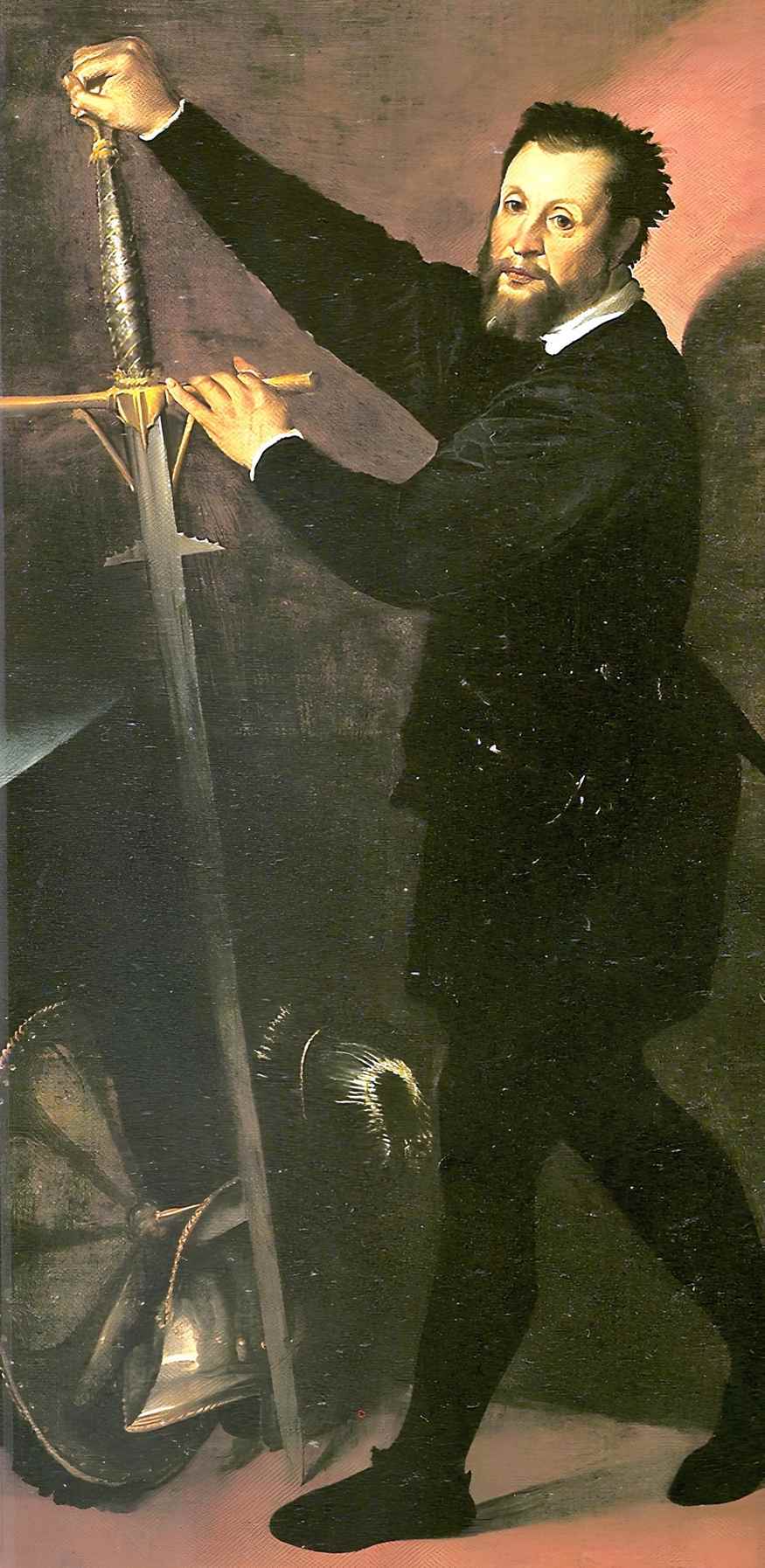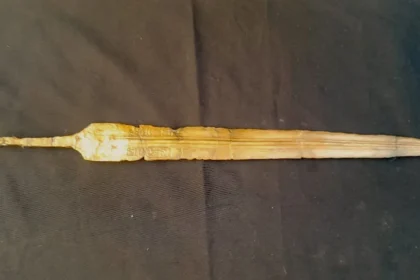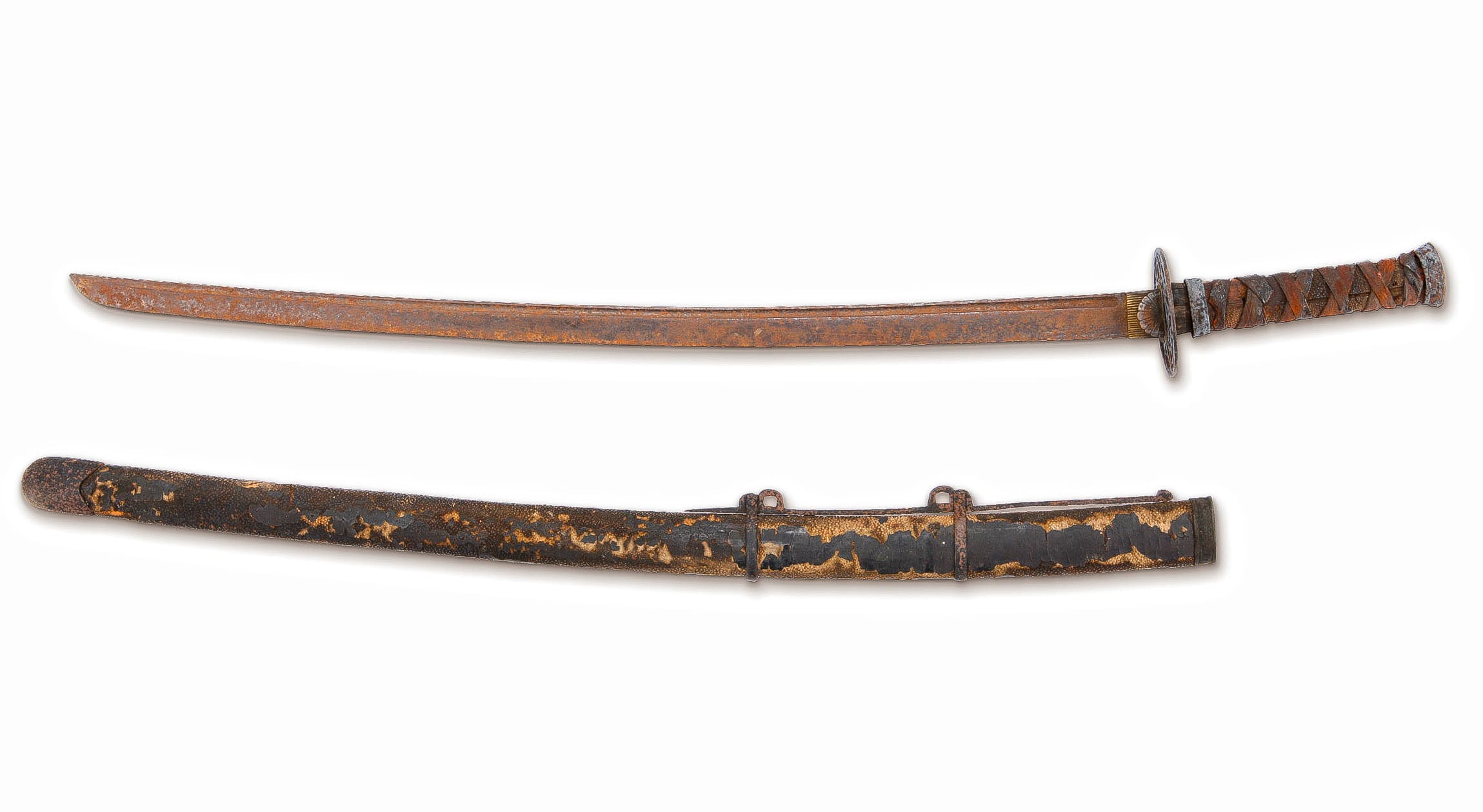The sica sword was an ancient Balkan weapon used by Thracians, Dacians, and Illyrians. It had a curved blade and was relatively short, falling between the categories of a long knife and a short sword. The sica sword, a curved saber-like double edged weapon, is often associated with the Thracian peoples of Roman antiquity due to its presumed links to their origin and employment of the weapon. So-called “Thraex” gladiators specifically used the sica sword.
| Origin | Thracian |
| Type: | Saber |
| Period: | Roman antiquity |
| Users: | Thracian, Celtic, and Illyrian warriors, gladiators |
| Length: | Blade: 10–18 in (25–45 cm), Total: 16–24 in (40–60 cm) |
| Features: | The blade bends 45 degrees at the tip from the handle. |
In the evolution of the Latin language, the word “sica” evolved to mean the dagger used by political plotters, assassins, and other hired murderers.
Purpose of the Sica Sword

According to one controversial theory, the sica sword was made to circumvent an opponent’s shield and attack the enemy from behind or side. Most Italic people and other ancient Romans at the time often wielded scutum shields.
These were the large, red shields with a shield boss, known for their use by the Roman army. Murmillo gladiators also utilized the scutum shields, and they were pretty much impenetrable.
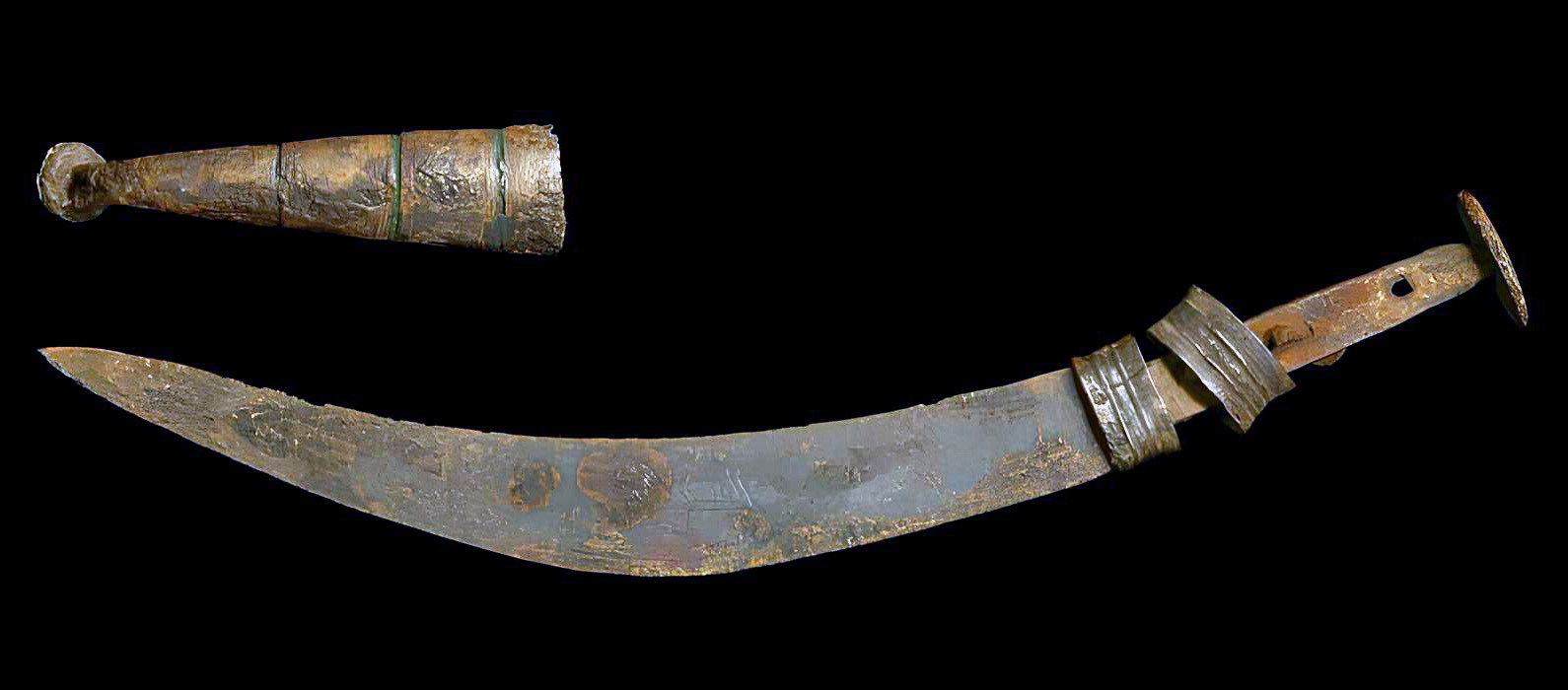
The only way for a thraex gladiator to defeat a murmillo was to circumvent his scutum, and the sharply bent blade of the sica sword was suitable for that. They often combined this short sword with the parma shield.
These large daggers were beautifully decorated to represent the spiritual and creative virtues of their wielders.
According to another theory, this shape was designed to distribute the energy of a slashing blow, similar to the kukri knife which was designed without taking into account the use of shields. The fact that the species from earlier eras had a more pronounced bending in comparison to later ones supports this.
Fighting Style

The sica sword was only employed in a combat manner comparable to that of the kama weapon, with the curved, concave side facing downward. It could readily amputate limbs in the hands of a trained user.
The Roman legionaries were understandably terrified of it, which prompted improvements to their protective gear.
In the hands of a master, every strike with this sword was a fatal strike. With the curve pointing downwards, the tip could have easily snagged into the enemy’s helmet. After that, Thracian would move the blade upwards and slash across the enemy’s face, killing the person.
Origin of the Sica Sword
The sica had its origins in Illyria but was subsequently employed across the Balkans and even by the Romans.
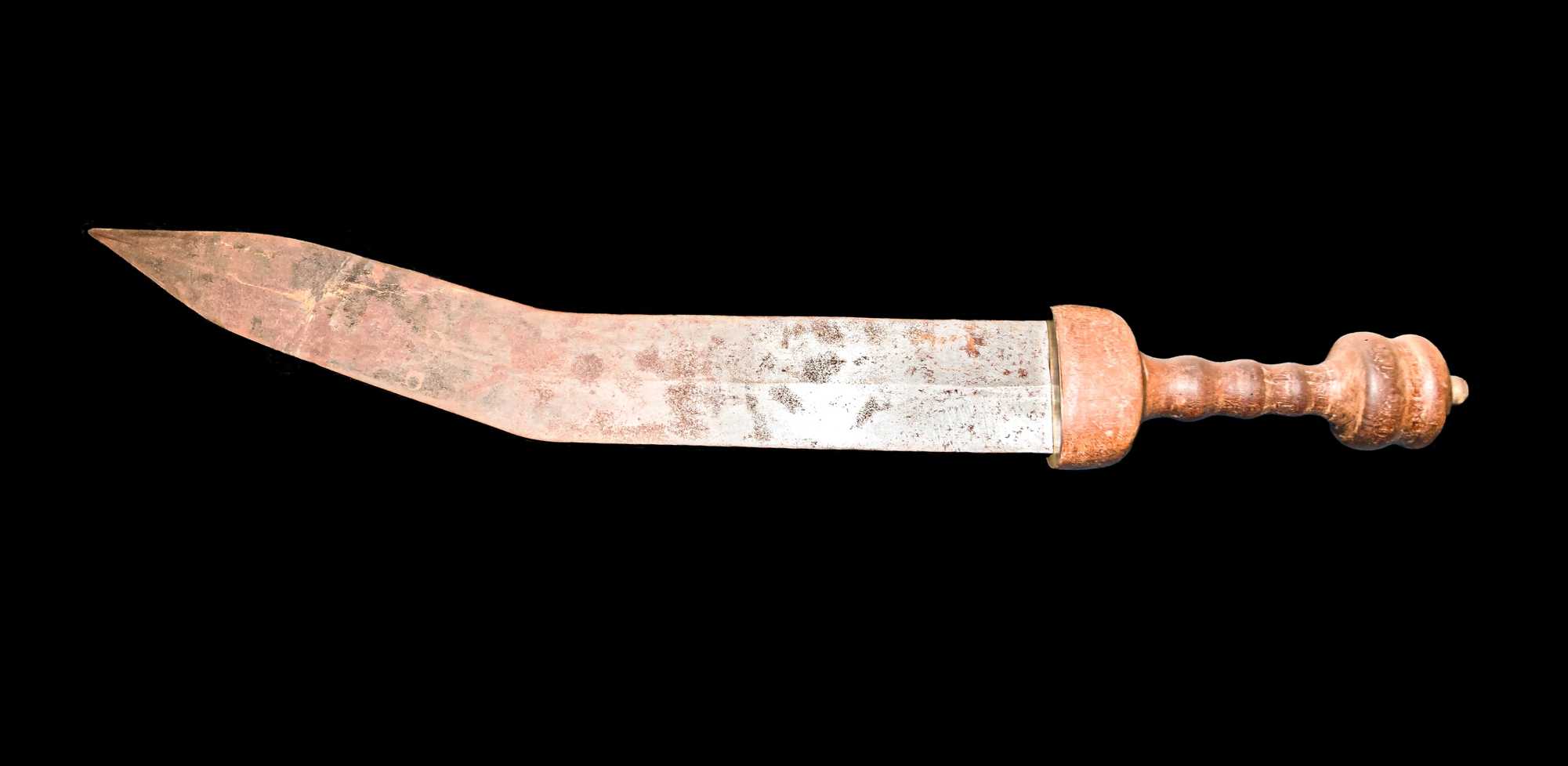
It is believed that the Hallstatt culture was responsible for creating the sica sword. The Urnfield culture of the 12th century BC (Late Bronze Age) gave rise to the Hallstatt culture, which dominated Western and Central European archaeological sites from the 12th to the 6th centuries BC.
This culture is known for using various long daggers or short swords.
This culture is often connected with people who spoke Proto-Celtic. The etymology of this sword’s name lies in the word tsikā. From Proto-Indo-European ḱey– (‘to sharpen’), presumably through Illyrian, the word tsikā (from which Proto-Albanian thikë, ‘knife’) emerged.
History of the Sica Sword
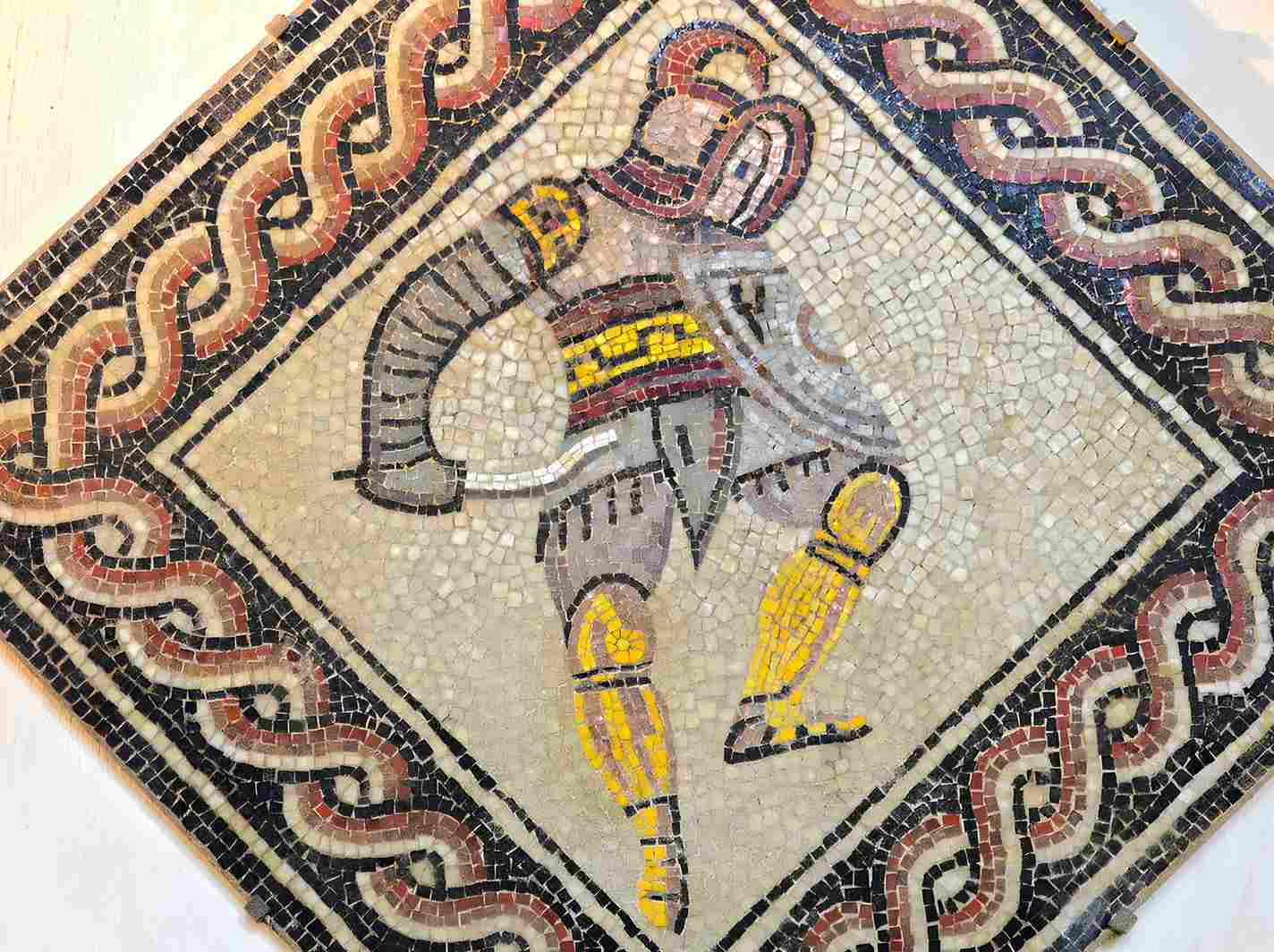
The word ‘sica’ was often used in ancient Rome to refer to curved weapons like sabers and long daggers. The size of this weapon was between 16–24 in (40–60 cm) with a 1.2 in (3 cm) width. In the 2nd century AD Zliten mosaic, a Roman gladiator is seen wielding this sword.
The blade of a sica was sharpened on the inside rather than the outside, similar to the sickle and the yatagan. This short sword also featured a sharp tip. However, the Romans had more experience and skill with their gladius swords.
Many short, curved swords were common among Mediterranean cultures. But the Romans saw the sica as uniquely Illyrian and the weapon of choice for contract killers.
During the time of the Thracians
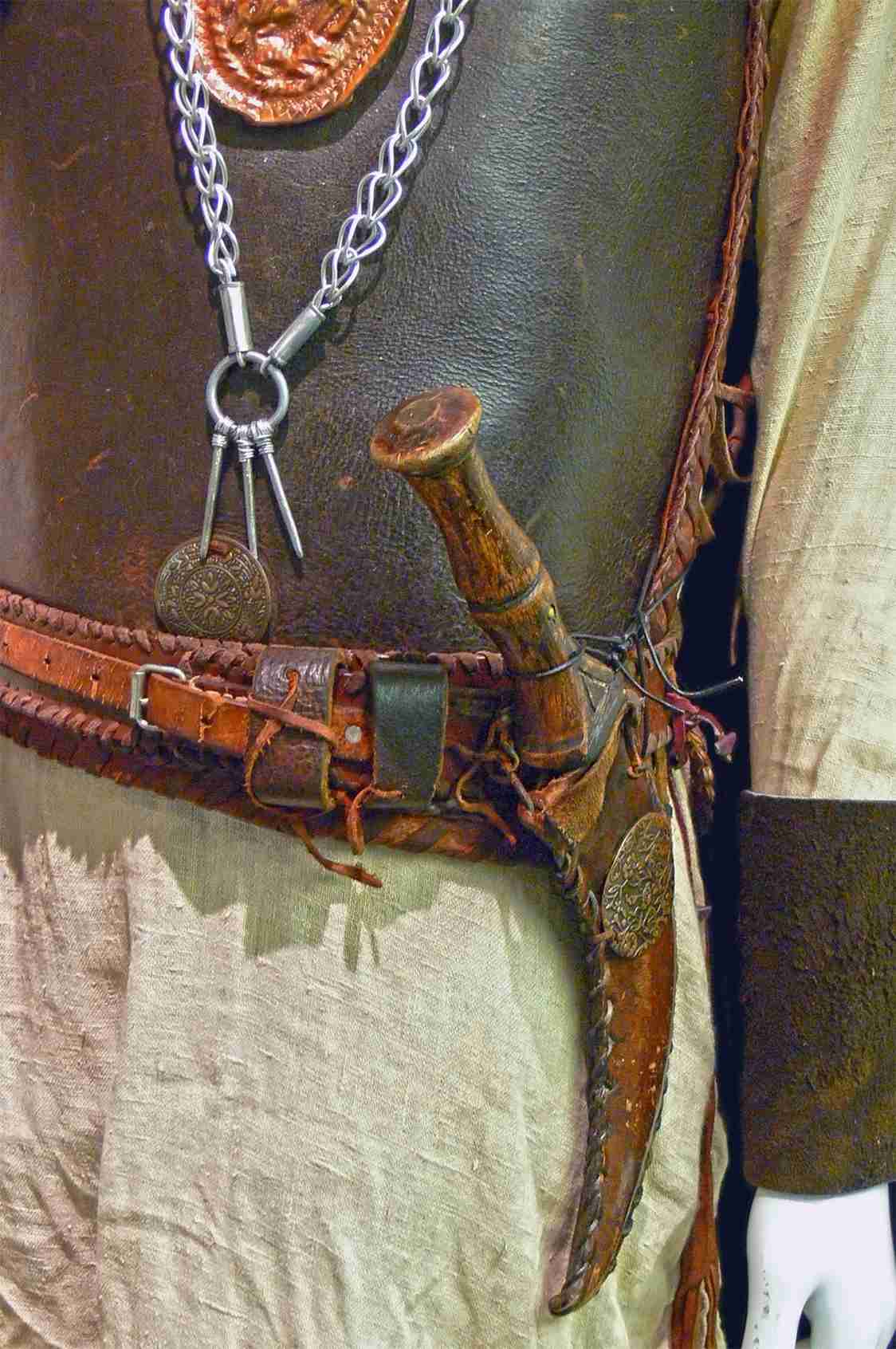
Horsemen of the Thracian peoples, such as the Dacians, Getae, Moesians, etc., frequently used the sica sword from the late Hellenistic period onward, but the Dacians in particular. The Thracians were notoriously agile warriors who prioritized speed above protection and possessed some of the best riders in history. This Thracian sword was a staple of their military and culture.
According to Valerius Maximus (a 1st-century Latin writer), a Thracian mercenary’s sica sword struck the consul Publius Licinius Crassus Dives Mucianus, killing him during the battle between Rome and the Kingdom of Pergamon in 130 BC.
Their sizes might be either lower or greater than 16–24 inches (40–60 cm) in these regions. Even though all sica swords look roughly the same from the end of the 3rd century on, there’s still some variety in the handle’s form and the blade’s curve and thickness.
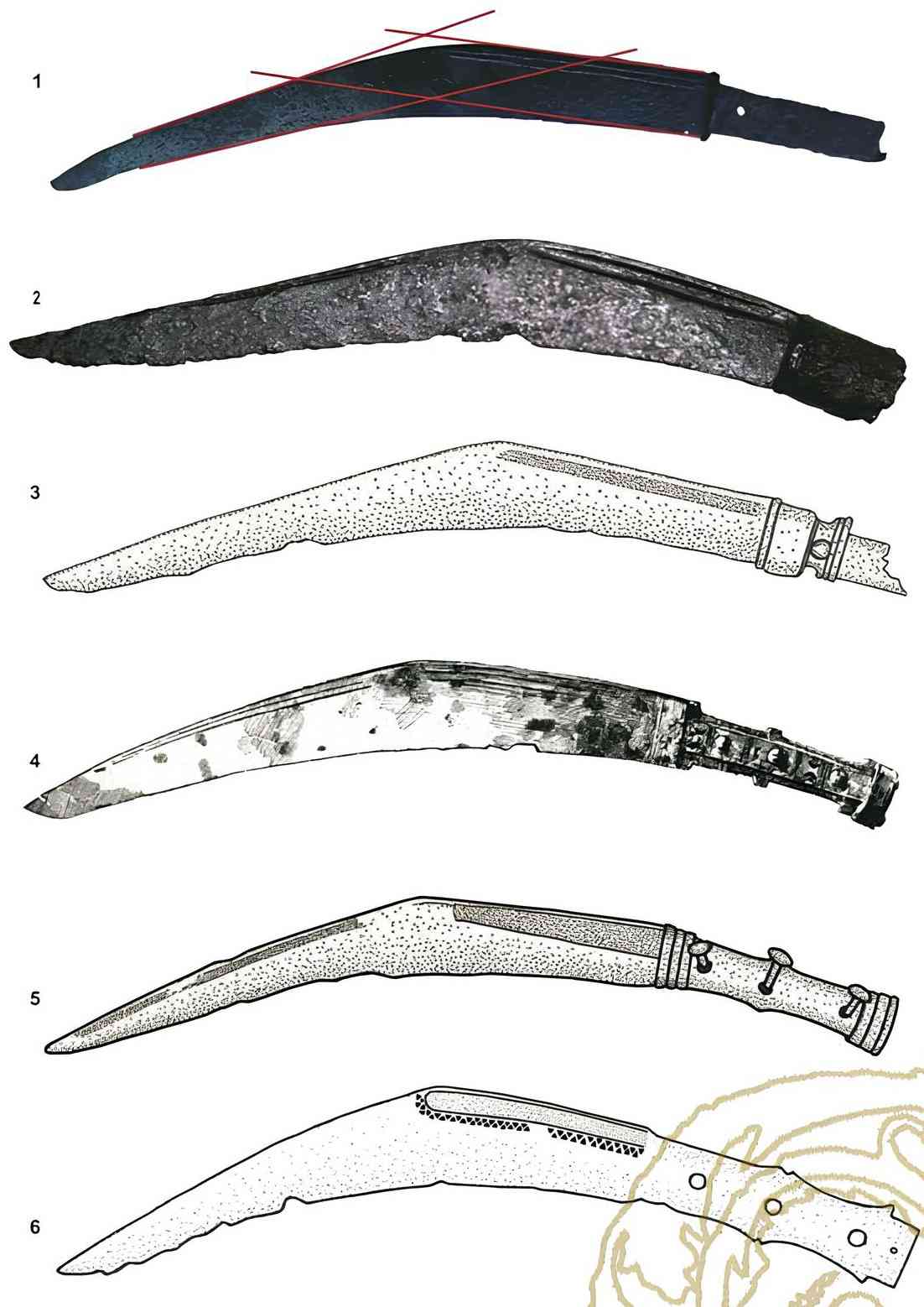
The rhomphaia was another comparable Thracian weapon, characterized largely by its larger blade and grip, which required both hands to use.
After the Dacian monarch Decebalus was defeated in Trajan’s Dacian Wars and committed suicide with a sica sword in 106 BC, this cold weapon seems to have faded from these regions. This scene is depicted in the 113 AD Trajan’s Column located in Rome, and the weapon can be seen in this depiction.
Clement of Alexandria (c. 150–215 AD), writing around the start of the 3rd century, still gives the Thracians credit for creating a long, curved dagger but calls it a harpe sword instead. Nonetheless, this weapon was not ideal for thrusting but was fairly powerful for slashing and chopping.
Among the Ancient Romans

Over time, the name ‘sica’ came to refer to any bladed weapon having a pronounced curvature. One example of this was the curved kopis knife used by the Thracians, the Celts, and the Illyrians. However, it could also refer to the sword used by the so-called Thraex gladiators.
As Cicero (106–43 BC) attests, the name also came to refer to a short dagger, which was utilized by political plotters. The sicarius (‘assassin’), a kind of ancient contract killer, and the Sicarii, a group of Jewish activists who fought against the Romans, both took their names from this weapon. Their similar-shaped weapons were called ‘Sicarii dagger.’
In Roman jurisprudence, the sica sword was considered a dishonorable weapon where strict distinctions were made in such matters.
Initially designed to pursue political murders, the Roman legislation that established homicide as a crime in 82 BC at Sulla’s insistence was also dubbed Lex Cornelia de sicariis.
Why Sica Sword Was an Effective Weapon
Even though the bend reduced its thrusting force, this weapon could still be used effectively as a thrusting weapon by swinging it with the pointed end in front.
There were several reasons why the Sica sword was so powerful as a weapon. Its distinctive curved blade enabled forceful slicing and chopping actions. Because of its curved shape, it was effective at beheading foes.
Its recurved blade made it usable as a rather big kukri or a Dacian falx and rhomphaia.
Because of the blade’s design, the sword could be used like a shotel (an African curved sword) to hook around a shield and control it. The sword’s reduced length made it more manageable and quicker to move than longer weapons.
The precision swings of this weapon allowed gladiators and other combatants to surprise their opponents in the most unexpected ways. Because of its small weight, it could be used repeatedly without wearing the user out.
All in all, this ancient, large Balkan dagger or sword was a rather effective weapon for slicing and cutting. Many of its features made the sica sword a very powerful weapon in the hands of trained soldiers.
Thraex gladiators also made use of wooden sica swords for training, along with wooden rudis and rhomphaia swords:
Similar Weapons
- Kopis: A Greek sword with a forward-curving blade, designed for chopping and slashing attacks.
- Falcata: A sword with a single-edged, curved blade originating from the Iberian Peninsula, known for its chopping and slashing capabilities.
- Kukri: A curved Nepalese knife used as both a tool and a weapon, known for its effectiveness in chopping and slashing.
- Machete: A large, heavy knife with a broad blade, often used for cutting vegetation and as a weapon in various cultures.
- Scimitar: A curved sword commonly associated with the Middle East and North Africa, known for its slashing capabilities.
- Khopesh: An Egyptian sword with a curved blade, used for chopping, slashing, and hooking.
References
- The Illyrians – John Wilkes, 1996 – Google Books
- Illyrian warfare – Wikiwand
- The Book of the Sword – Google Books




